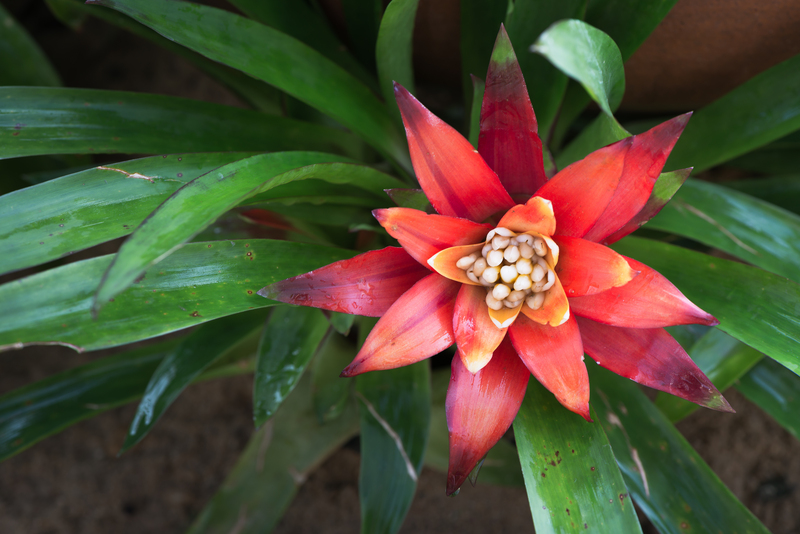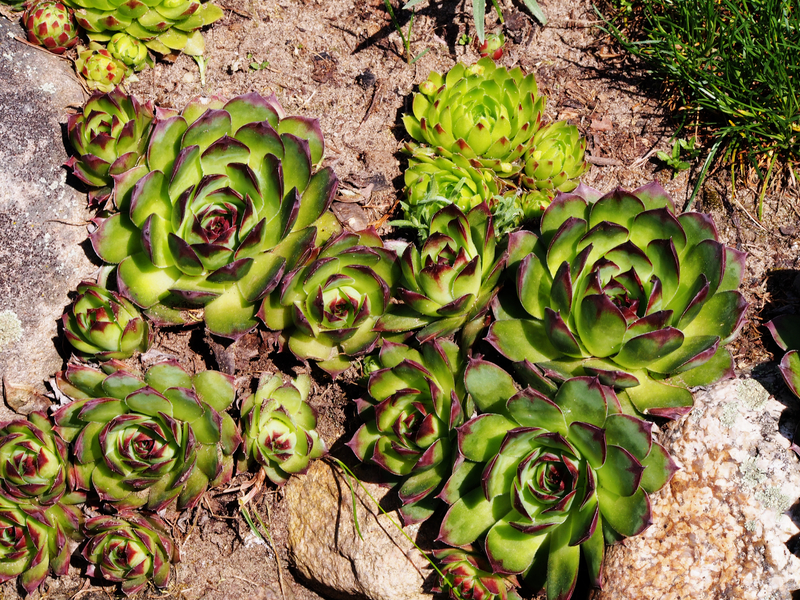Plants Dangerous to Your Pets
Posted on 26/10/2025
Plants Dangerous to Your Pets
As a pet owner, ensuring the safety and well-being of your furry friends is a top priority. While plants can enhance the beauty of your home and provide numerous health benefits, some common household and garden plants can be hazardous to pets. Understanding which plants pose a risk and taking steps to protect your pets from exposure is essential.
Understanding Plant Toxicity
Plant toxicity varies widely depending on the species of plant and the pet's size, breed, and overall health. While some plants may cause mild irritation, others can lead to severe health complications or even be fatal. Toxicity occurs when a pet ingests, inhales, or comes into contact with toxic compounds present in the plant. Clinical symptoms may range from gastrointestinal distress to neurological damage.

Common Household Plants Dangerous to Pets
Lilies
Lilies are popular flowers known for their beauty and fragrance, but they pose a serious threat to cats. All parts of the lily plant, including the petals, leaves, pollen, and even the water in the vase, are highly toxic to cats. Ingesting even a small amount can lead to kidney failure and death in cats. Common lilies to watch out for include Easter lilies, Tiger lilies, and Daylilies.
Sago Palm
The Sago Palm, also known as Cycas revoluta, is a popular ornamental plant that is highly toxic to both dogs and cats. All parts of the plant are poisonous, with the seeds (nuts) being the most dangerous. Ingestion can lead to severe liver damage, vomiting, diarrhea, seizures, and potentially death.
Aloe Vera
While Aloe Vera is often used for its medicinal properties in humans, it is toxic to pets. The saponins and anthraquinones present in Aloe Vera can cause vomiting, diarrhea, lethargy, and tremors in dogs and cats. When ingested, it can lead to more severe complications requiring veterinary attention.
Philodendron
Philodendrons are common household plants known for their easy maintenance and attractive foliage. However, they contain calcium oxalate crystals, which can cause oral irritation, drooling, vomiting, and difficulty swallowing if ingested by pets. Immediate veterinary care is advised if a pet chews on or swallows parts of the Philodendron plant.
Outdoor Plants That Pose Risks
Many outdoor plants can be dangerous to pets who like to explore gardens and yards. Knowing which garden plants can harm your pets and taking preventive measures is crucial for their safety.
Oleander
Oleander is a popular ornamental shrub in gardens, but it is highly toxic to both dogs and cats. All parts of the plant contain cardiac glycosides, which can cause severe symptoms such as vomiting, diarrhea, decreased heart rate, arrhythmias, and even death if ingested. Immediate veterinary care is essential in case of ingestion.
Azaleas and Rhododendrons
These flowering shrubs can add beauty to any garden but are toxic to pets. They contain grayanotoxins, which can cause vomiting, diarrhea, drooling, weakness, and abnormal heart rhythms. In severe cases, ingestion can lead to coma or death. Preventing pets from accessing these plants is crucial for their safety.
Foxglove
Foxglove is a striking biennial plant with tall spikes of tubular flowers. However, it contains compounds called cardiac glycosides, which are toxic to pets. Symptoms of ingestion include vomiting, diarrhea, drooling, abnormal heart rate, cardiac arrhythmias, and weakness. Prompt veterinary care is essential if a pet ingests any part of this plant.
Signs of Plant Poisoning in Pets
Recognizing the signs of plant poisoning in pets is crucial for timely intervention and treatment. Symptoms may vary depending on the type of plant ingested and the amount consumed. Common signs of plant poisoning in pets include:
- Vomiting
- Diarrhea
- Drooling
- Pawing at the mouth or face
- Lethargy or weakness
- Tremors or seizures
- Loss of appetite
- Difficulty breathing
- Abnormal heart rate or rhythm
If you suspect your pet has ingested a toxic plant, it is essential to contact your veterinarian or an emergency animal clinic immediately. Provide as much information as possible about the plant and the symptoms your pet is experiencing.
Preventing Plant Poisoning in Pets
Taking preventive measures can help reduce the risk of plant poisoning in pets and keep them safe. Here are some tips to consider:
- Identify and Remove Toxic Plants: Familiarize yourself with common toxic plants and remove them from your home and garden. Replace them with pet-safe alternatives.
- Limit Access to Plants: Use barriers, fencing, or plant stands to keep pets away from dangerous plants. Consider placing plants in areas your pets cannot reach.
- Use Pet-Safe Pesticides and Fertilizers: Always use pet-safe products in your garden and on your plants to prevent accidental poisoning from chemicals.
- Supervise Outdoor Time: Monitor your pets when they are outside to prevent them from chewing on or ingesting harmful plants.
- Train Your Pets: Teach your pets commands like "leave it" or "no" to discourage them from biting or chewing on plants.
- Provide Safe Alternatives: Offer your pets safe and appropriate toys and chew items to satisfy their natural chewing instincts.

Pet-Safe Plant Alternatives
If you want to keep your home and garden green without compromising your pet's safety, consider choosing pet-safe plant alternatives. Some non-toxic plants that are safe for pets include:
- Spider Plant (Chlorophytum comosum)
- Boston Fern (Nephrolepis exaltata)
- Bamboo Palm (Chamaedorea seifrizii)
- Areca Palm (Dypsis lutescens)
- Money Tree (Pachira aquatica)
- Calathea (Calathea spp.)
- Parlor Palm (Chamaedorea elegans)
- Friendship Plant (Pilea involucrata)
These plants can add beauty to your home and garden without posing a risk to your pets' health.
Conclusion
Understanding which plants are dangerous to your pets is a crucial aspect of responsible pet ownership. By identifying toxic plants, recognizing the signs of poisoning, and taking preventive measures, you can create a safe and pet-friendly environment. When in doubt, always consult your veterinarian to ensure the health and safety of your beloved pets.
By being vigilant and proactive, you can enjoy the beauty of plants without compromising the well-being of your furry friends.



